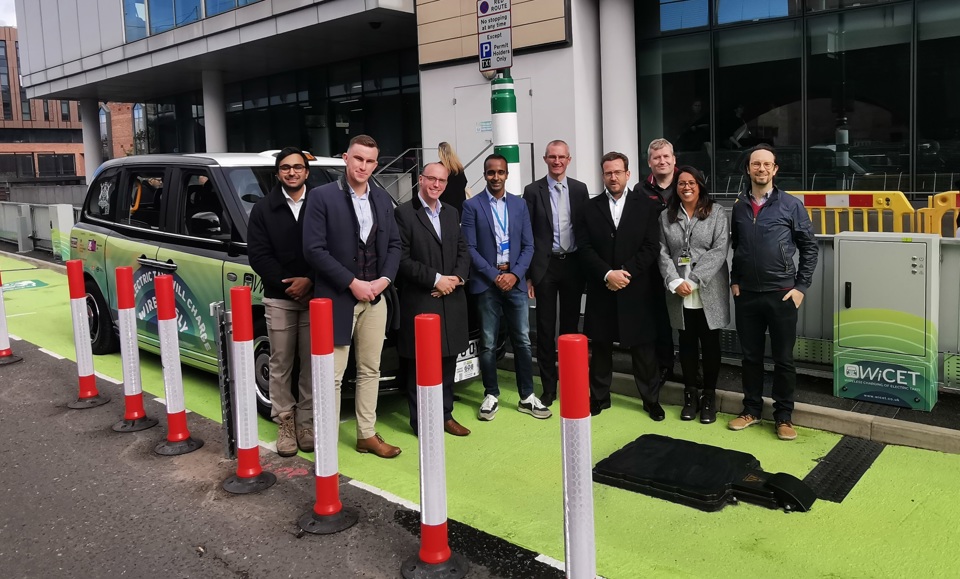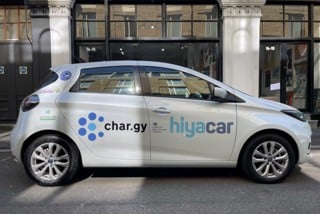A project aimed at assessing the real-world suitability of wireless charging to accelerate fleet transition to electric vehicles has been launched in Nottingham.
The government-funded Wireless Charging of Electric Taxis (WiCET) initiative, which is led by Cenex, has seen five wireless ground transmitter pad systems installed at the main taxi rank near the train station, and nine electric hackney carriages – five LEVC TX taxis and four Nissan Dynamo taxis - retrofitted with wireless receiver pads.
The vehicles will charge when waiting, in rank, while waiting for passengers without the need for the driver to leave their vehicle.
Richard Sander, WiCET project manager and technical specialist at Cenex, said: “Wireless charging has the potential for effective deployment across a wide range of applications from public transport to emergency vehicles and mobility solutions, and the results from our research will go on to inform future deployments.
“We are extremely proud to be starting the first physical trial of wireless charging of taxis in the UK in Nottingham.
“This is a big step in understanding and demonstrating the potential of wireless charging as a core technology in the EV transition.
“I’m excited to see the impacts this will have for drivers, passengers and the environment.”
The system allows multiple vehicles to be recharged simultaneously so drivers can use the rank for short, top-up charging bursts while they queue for fares without needing the leave their vehicle.
Wireless charging will take place when the driver, using the guidance of a screen in the cabin, aligns the taxi over a pad so it charges while stationary.
As the taxis move forward in the rank, the cars will then align with the next pad and charging will continue.
Drivers will be billed for their total charge at the end of the day through an app.
Professor Stewart Birrell, professor of human factors for future transport at Coventry University’s National Transport Design Centre, said: “Wireless charging is like any other technology solution in that the design needs to consider the user experience to increase acceptance and robust implementation.
“A potential barrier to the adoption of this technology by drivers is that to charge efficiently, the taxis have to be precisely aligned with ground charging pads. If the technology doesn’t work for drivers, they could miss out on potential fares.
“Our researchers from Coventry University’s National Transport Design Centre have worked with Nottingham taxi drivers to understand exactly what they need from the wireless charging system.
“This resulted in an in-vehicle interface that allows for much more accurate parking and therefore efficient charging.
“The bespoke display inside the vehicle now guides the drivers in the alignment process to ensure that the driver can position the taxi directly over the wireless pads, making vehicle charging much more efficient and easier to use”.
Eventually, wireless charging could lead to reduced street clutter for charging vehicles and could be rolled out more broadly for other uses.
WiCET received £3.4 million funding from the Office for Zero Emission Vehicles and is supported by Innovate UK.
The project is led by Cenex, in collaboration with Coventry University, Hangar-19, Nottingham City Council, Shell Research, Sprint Power Technology and Transport for London, with Lumen Freedom as the selected wireless charging hardware supplier.
























Login to comment
Comments
No comments have been made yet.